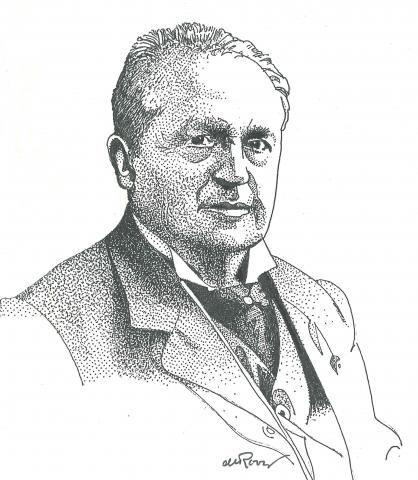A revised and updated version of
Abraham Kuyper: An Annotated Bibliography 1857-2010 by Tjitze Kuipers (2011)
You can buy a printed edition of this book on the site of the publisher.
1883
The fourth centenary of Luther’s birth provided the occasion for this treatise, which offers a new plan for reformation. In the preface, Kuyper contends that Luther always remained in the public eye even in the Calvinist Netherlands. Furthermore, Luther serves as a witness that the reformation of the church may require the breaking of church relations. In a brief introduction following the preface Kuyper comments that this treatise is “only the pale silhouette of what a ‘handbook for a Reformed church order’ should be.” Four main chapters follow: (1) “Algemeene beginselen” [General principles (i.e., what constitutes the being of the church)]; (2) “Van de rechte formatie der kerken” [Concerning the right formation of the churches]; (3) “Van de deformatie der kerken” [Concerning the deformation of the churches]; and (4) “Van de reformatie der kerken” [Concerning the reformation of the churches].
The book had its origins in four lectures about the reformation of the church, which Kuyper delivered as an elder in De Broederkring [The Circle of Brothers] during the months of March, April, and May 1883. The Circle of Brothers was a group of like-minded members of the Consistory of the Dutch Reformed Congregation of Amsterdam who advocated making subscription to the three forms of unity mandatory and who regularly consulted with one another about their lines of action in the consistory. De Broederkring was the successor of Beraad (see 1872.12). This publication has rightly been called the blueprint of the Doleantie (cf. 1886.25). It is dedicated to P.J. Elout van Soeterwoude, who “from the council chamber of the land harkened rulers and people in church and state back to the Word of the Lord.”


